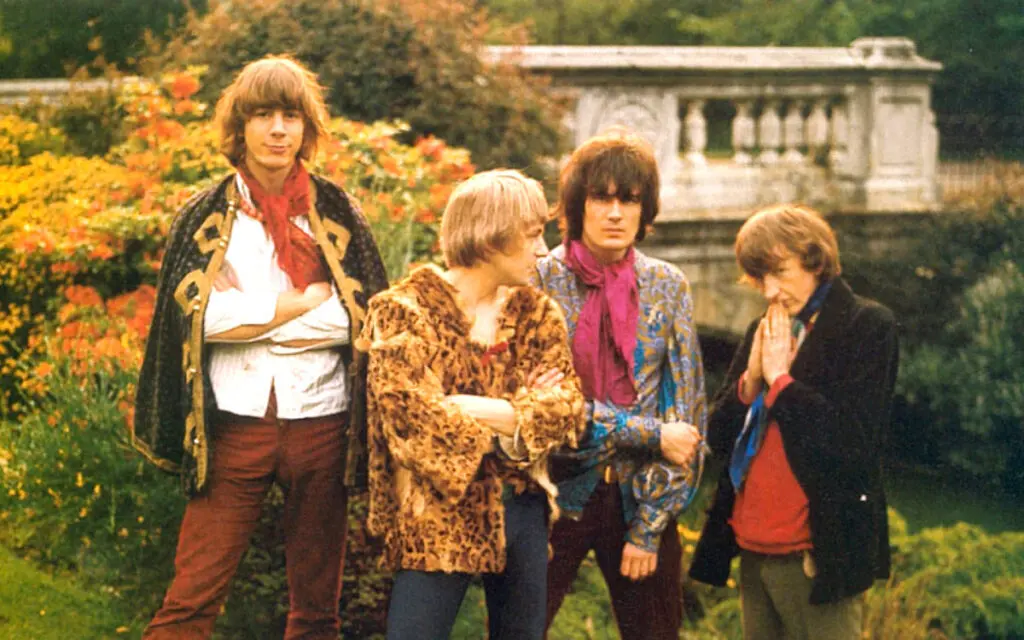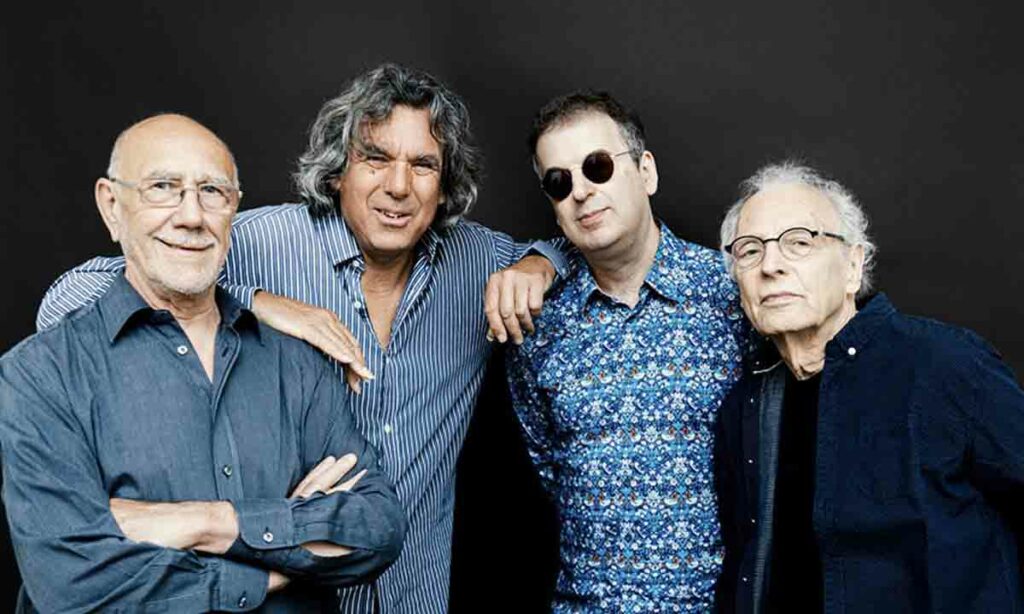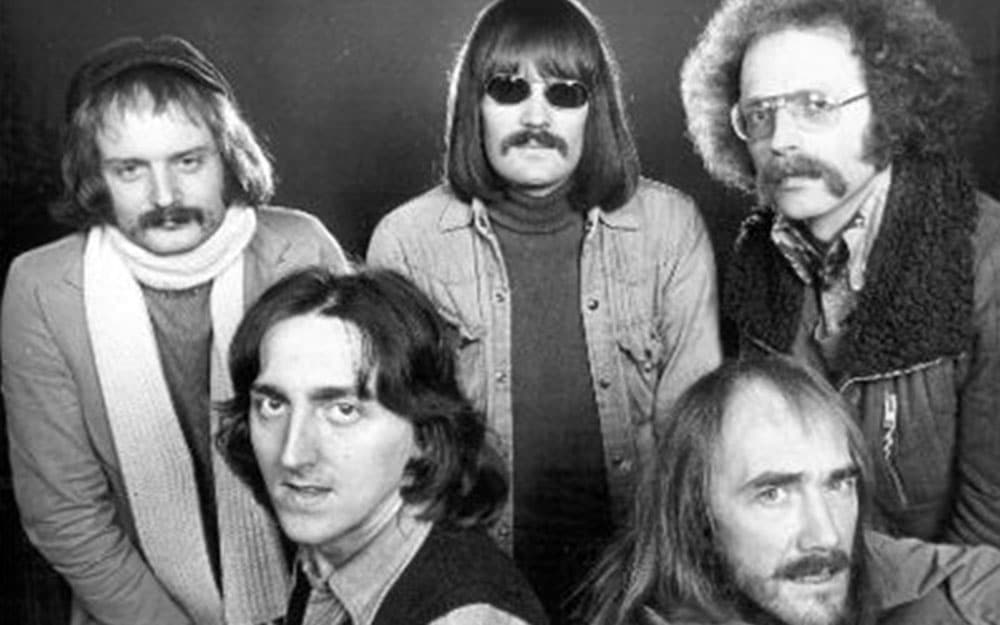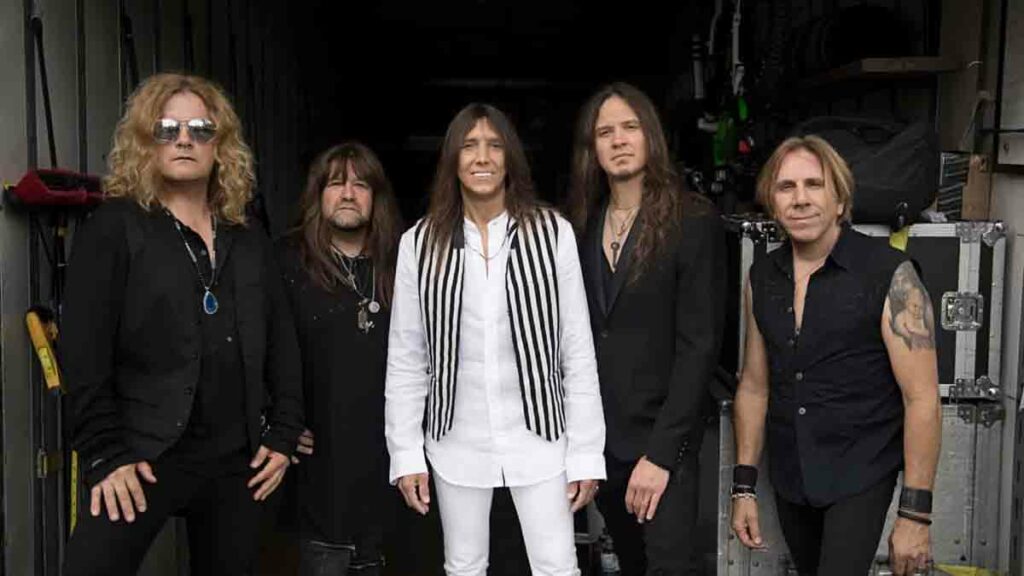The Soft Machine team was formed in 1966 in the English town of Canterbury. Then the group included: soloist Robert Wyatt Ellidge, who played the keys; also lead singer and bassist Kevin Ayers; talented guitarist David Allen; the second guitar was in the hands of Mike Rutledge. Robert and Hugh Hopper, who was later recruited as bassist, played with David Allen under the baton of Mike Rutledge. Then they were called "Wilde Flowers".
Since its inception, the musical troupe has been very popular in England, and quickly won the love of the audience. They were the most in-demand band at the famous UFO club. At the same time, the first composition “Love Makes Sweet Music” was recorded, which was released much later.
The musicians played in European countries. One day in 1967, upon returning from a tour, David Allen was not allowed into England. Then the team continued their performances as a trio.
Changes in the composition of Soft Machine
Soon found a new guitarist Andy Summers, but he was not destined to stay there for a long time. In 68, Soft Machine became the headliner at the performance of Jimi Hendrix himself (Jimi Hendrix Experience) in the States. On that tour, the band was able to create their debut disc "The Soft Machine" in America.

After a short time, bass guitarist Kevin Ayers left the band, which caused the breakup of the musical group. Hugh Hopper's manager replaced Kevin and helped the band make their second album, Volume Two (1969).
Now Soft Machine has an unusual psychedelic sound. It later evolved into a different form, called Jazz Fusion, thanks to Brian Hopper's saxophone.
Golden Composition Soft Machine
Four more participants who played wind instruments were added to the existing trio. After all the changes in the musicians, a quartet was formed, which everyone remembered well. Elton Dean was cast as the saxophonist. He filled in the gap in the line-up, thus the group was finally formed.
The third and fourth records were recorded, "Third" (1970) and "Fourth" (1971) respectively. Their creation involved third-party rock and jazz artists Lyn Dobson, Nick Evans, Marc Charig and others. The fourth disc became acoustic.
Each musician can be called a professional in his field, but the most prominent character was Rutledge, who held the whole team together. He had the ability to compose incredible compositions, mix arrangements and add unique improvisations. Wyatt had enchanting vocals and extraordinary drumming skills, Dean played unique saxophone solos, and Hopper created the overall avant-garde vibe. Together they formed a close-knit and full-fledged group, unique in all respects.
The third album was re-released for 10 years and became the highest rated among all the works of musicians.

Group afloat
Wyatt in the 70th year decided to leave the group, but he managed to return for a while. The guys are recording the album "Five", and after that the soloist still leaves again. In a couple of months, Dean will follow suit. They were able to rally with the former members later on for another record, "Six", released in 1973.
Shortly after the release of this disc, Hopper leaves and Roy Babbington, who was strong in electric basses, is put in his place. The line-up now included Mike Rutledge, Roy Babbington, Karl Jenkins and John Marshall. In 1973 they recorded the studio CD "Seven".
The next album was released in 1975 under the name "Bundles", created by the new guitarist Alan Holdsworth. It was he who made his instrument central to the whole sound. The following year, John Edgeridge took his place and released the disc "Softs". After his exit from Soft Machine, the last of the founders, Rutledge, leaves.
Then several musicians were invited to the group: bass guitarist Steve Cook, Alan Wakeman - saxophone, and Rick Sanders - violin. The new line-up creates the album "Alive and Well", however, the sound and the general style were no longer the same as before.
The classic Soft Machine sound and style was later brought back with the '81 Land of Cockayne featuring Jack Bruce, Alan Holdsworth and Dick Morris on saxophone. Later, Jenkins and Marshall took part in the band's concerts without the opportunity to stay in the band.
Group now
All recordings from the band's concerts have been released in one way or another in various capacities since 1988. In 2002, there was a tour called "Soft Works" featuring Hugh Hopper, Elton Dean, John Marshall and Allan Holdsworth.

The band changed their name to "Soft Machine Legacy" in 2004, and she recorded four more albums in the same style as before. "Live in Zaandam", "Soft Machine Legacy", "Live at the New Morning" and "Steam" became a good continuation of the old traditions of this band.
Graham Bennett published his book in 2005. He described the life and work of the legendary musical group.



